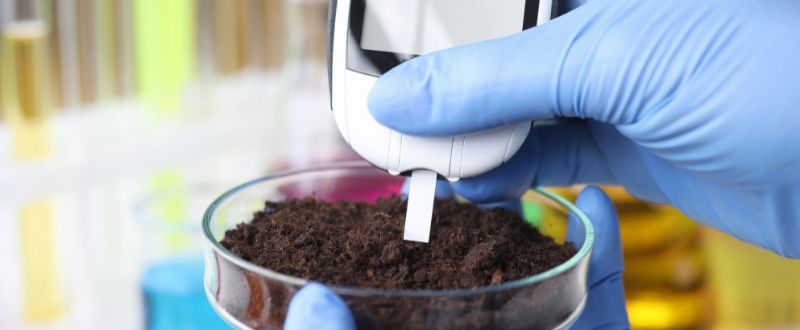Polymer injection into soil stabilizes and enhances the structural integrity of soil, and it’s particularly useful in post-construction engineering. The process involves injecting URETEK’s two-part stabilizing polyurethane into the ground, where it expands, fills voids, and hardens to create a stable base. Engineers and builders can effectively mitigate structural damage caused by soil movement and ensure that the foundation maintains its integrity over time by understanding how soil injection stabilization works.
Mechanism of Soil Injection Stabilization
The main idea behind polymer injection stabilization is the use of a stabilizing compound that workers inject into the ground. This injected compoundexpands upon injection to fill any existing voids within the soil and aggregates loose soil. The compound hardens, effectively solidifying and creating a stable, load-bearing base that greatly enhances soil stability.
Interaction of Stabilizing Compounds With Soil
Understanding how soil injection stabilization works requires an insight into the interaction between the stabilizing compounds and the soil itself. Polyurethane foam stabilizes the soil by permeating empty spaces and irregularities within the ground.
Upon injection, the polyurethane compound begins to expand,. As it expands, the foam aggregates any loose soil and fills voids, encompassing root structures, rocks, and other components, binding them together. The foam then gradually hardens, creating a sturdy, cohesive mass that can bear significant loads and resist soil movement. This interaction between the polyurethane foam and the soil significantly enhances soil stability, making it excellent for projects involving foundation soil stabilization.
Step-by-Step Procedure of Soil Injection Stabilization
The soil injection stabilization process involves several key steps:
- Site Evaluation: Before the injection process begins, a professional evaluates the site by assessing conditions, and determining the scope of work..
- Injection Point Selection: After evaluating the site, technicians choose the appropriate injection points.
- Injection of Stabilizing Compound: The technician injects the stabilizing compound into the soil using specialized equipment. The worker monitors and throughout the injection process to ensure proper filling.
- Solidification and Hardening: The stabilizing polymerexpands and fills voids, bonding with soil particles and hardening over time, creating a stable and strong base.
Soil injection stabilization is a highly effective method for enhancing soil structure. Call URETEK, whether you need a contractor to improve foundational support for buildings, enhance the load-bearing capacity of the soil, or stabilize slopes and prevent erosion. Our environmentally inert polyurethane stabilizing compound is a fast-acting, long-term solution.

